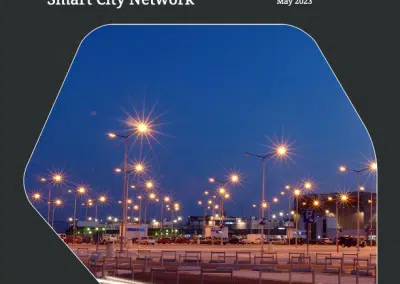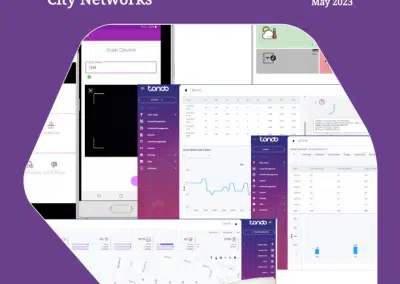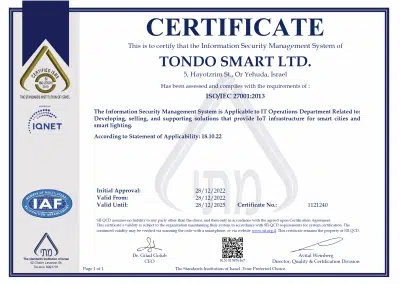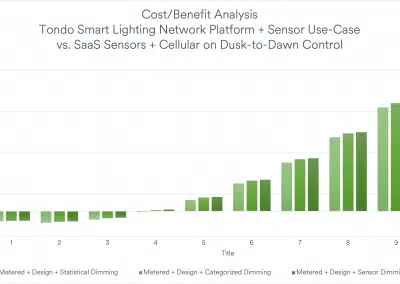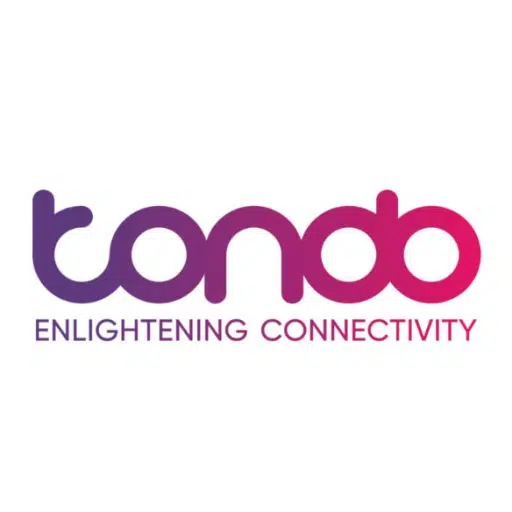This article is an excellent primer for organizational leaders and policy makers who are interested in the benefits of effective outdoor lighting design beyond energy costs and GHG footprint savings facilitated by Smart Lighting control solutions. Light pollution should be considered a significant threat to human and animal life and a key component in the case for Smart Lighting control, LED retrofit, and light fixture (aka, “luminaire”) replacement projects.
Key Findings
- Two-thirds of the U.S. population and more than one-half of the European population have already lost the ability to see the Milky Way with the naked eye
- 63% of the world population and 99% of the population of the European Union and the United States (excluding Alaska and Hawaii) live in areas where the night sky is brighter than the threshold for light-polluted status set by the International Astronomical Union
- Prolonged exposure to artificial light prevents many trees from adjusting to seasonal variations
- Research on insects, turtles, birds, fish, reptiles, and other wildlife species shows that light pollution can alter behaviours, foraging areas, and breeding cycles
- 50% of the light from a typical unshielded light fixture is wasted, shining upward where it is not needed
- About 200 species of birds fly their migration patterns at night over North America. Artificial light attracts birds and disorients them. The estimates as to the number of birds dying from collisions across North America annually range from 98 million to close to 1 billion.
- Controlled laboratory studies show that exposure to light during the night can disrupt circadian and neuroendocrine physiology, thereby accelerating tumor growth
- Studies show that the circadian cycle controls from ten to fifteen percent of our genes.
- Disruption of the circadian clock is linked to several medical disorders in humans, including depression, insomnia, cardiovascular disease, and cancer.
- The circadian clock, affects physiologic processes in almost all organisms. These processes include brain wave patterns, hormone production, cell regulation, and other biologic activities.
- Dramatic increases in the risk of breast and prostate cancers, obesity, and early-onset diabetes have mirrored the dramatic changes in the amount and pattern of artificial light generated during the night and day in modern societies over recent decades.
- Nurses who worked night shifts at least 3 times a month for 15 years or more had a 35% increased risk of colorectal cancer.
- A study team that used satellite photos to gauge the level of nighttime artificial light in 147 communities in Israel, then overlaid the photos with a map detailing the distribution of breast cancer cases. The results showed a statistically significant correlation between outdoor artificial light at night and breast cancer, even when controlling for population density, affluence, and air pollution.
- Women living in neighborhoods where it was bright enough to read a book outside at midnight had a 73% higher risk of developing breast cancer than those residing in areas with the least outdoor artificial lighting.

